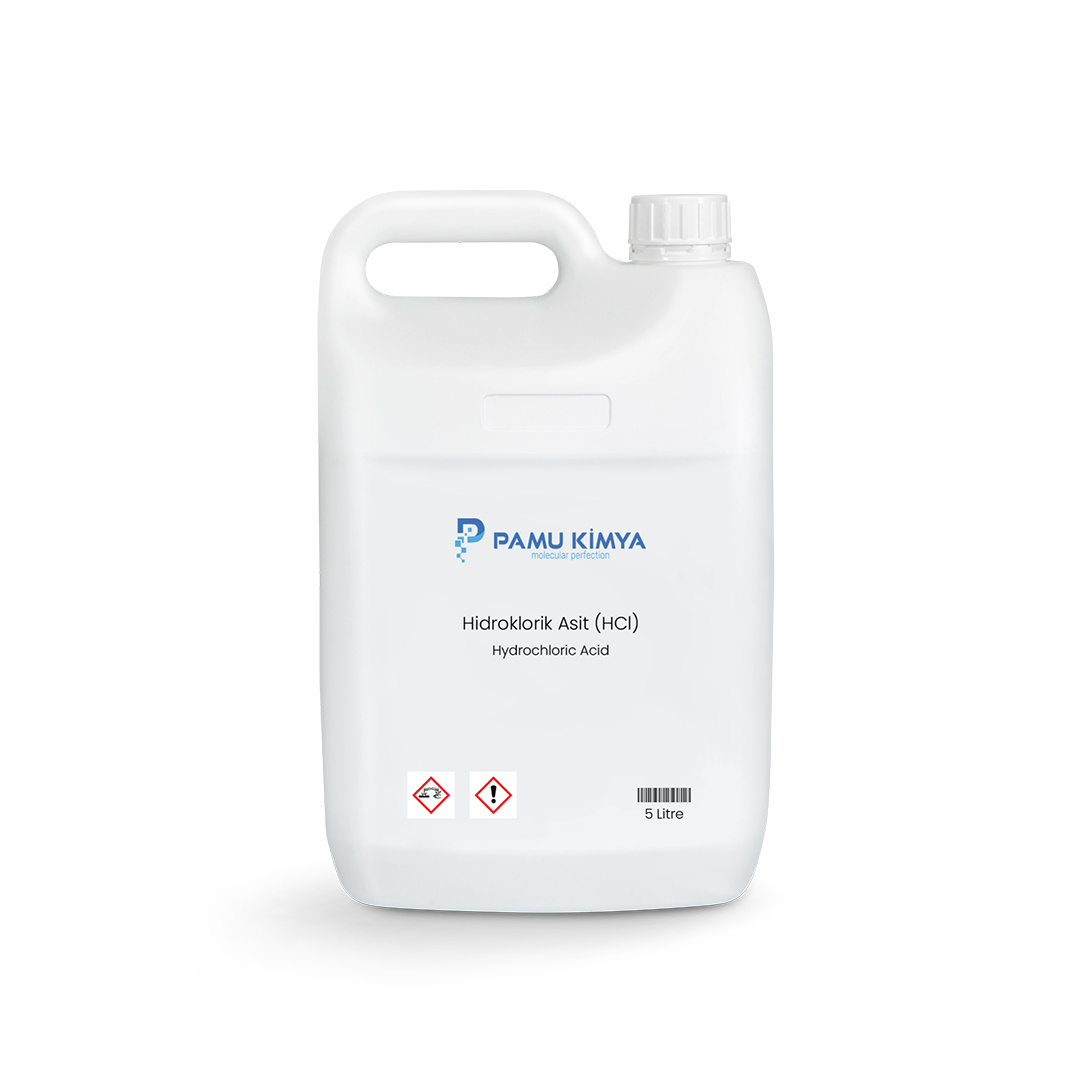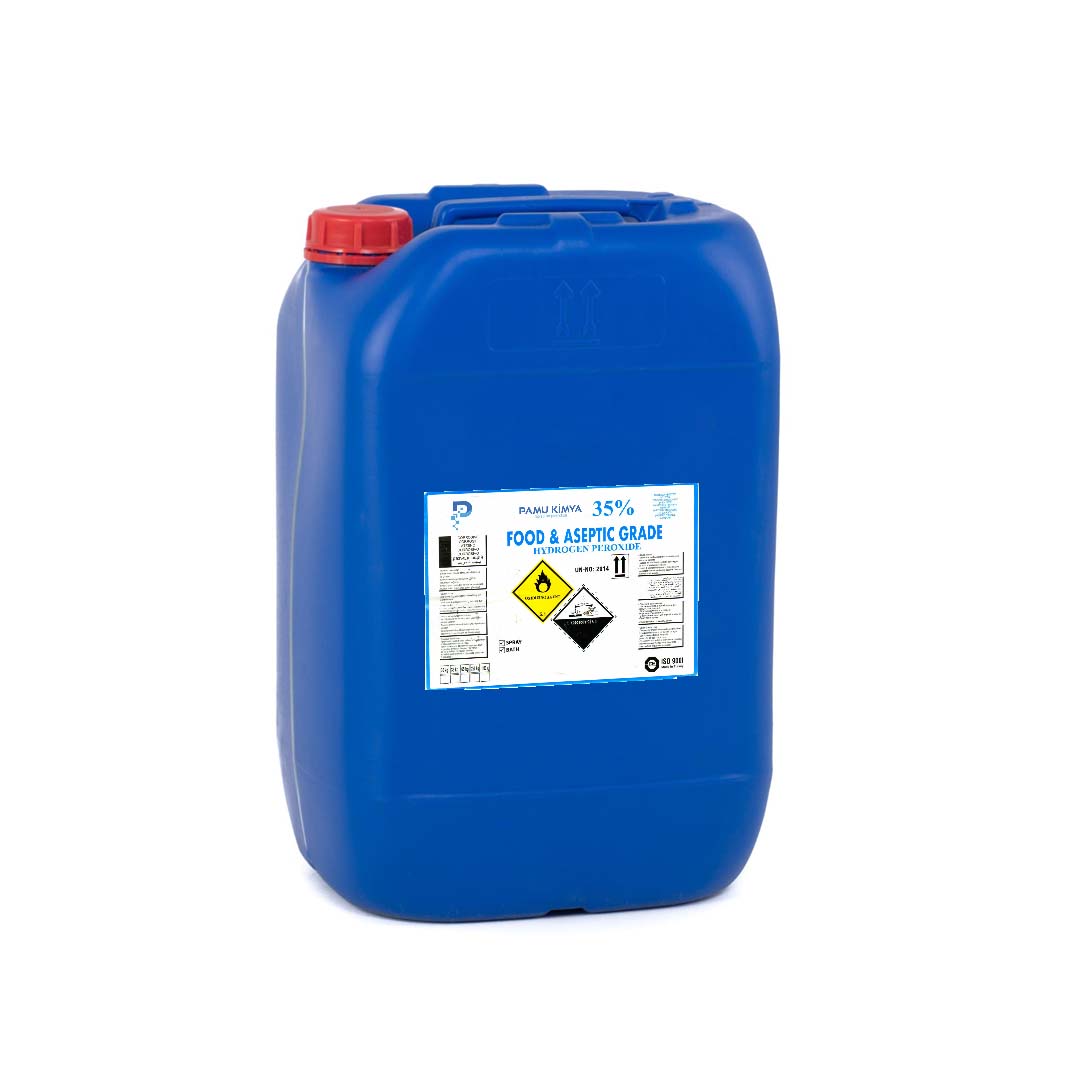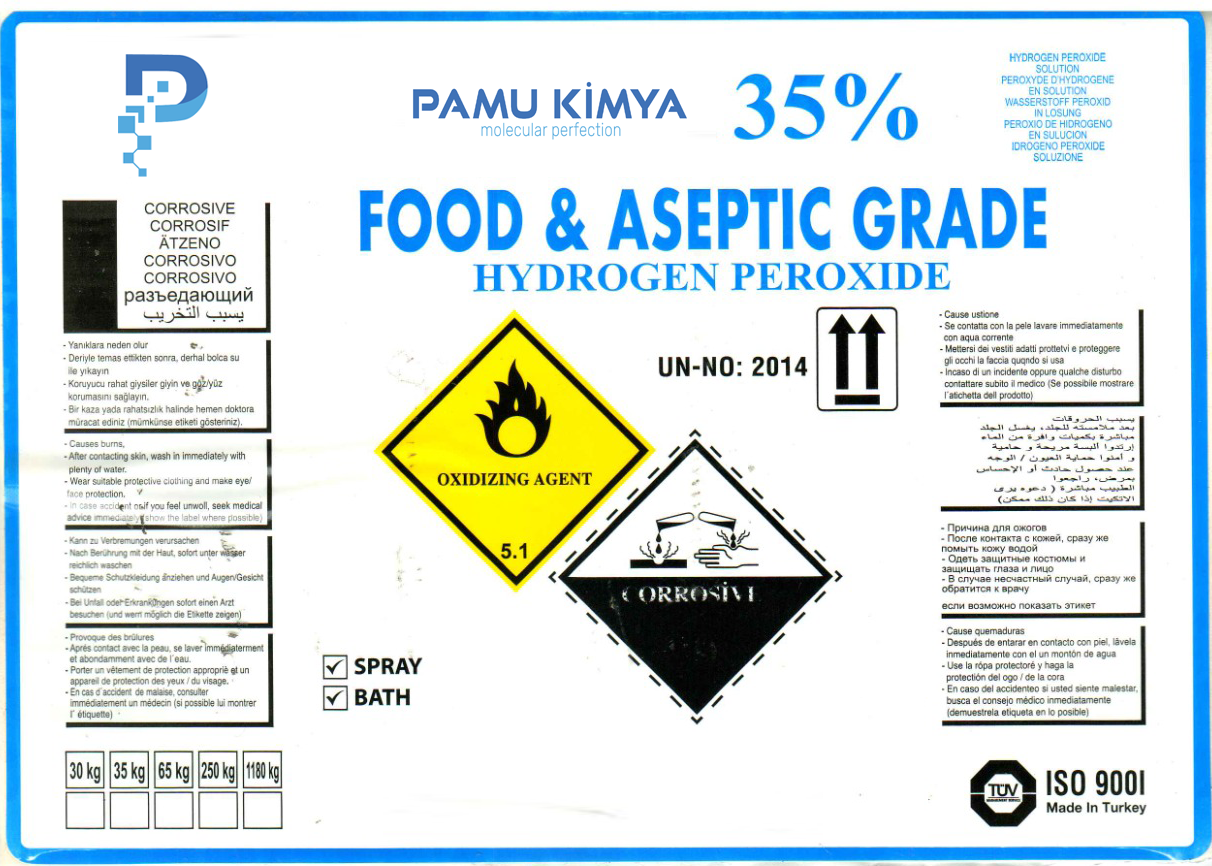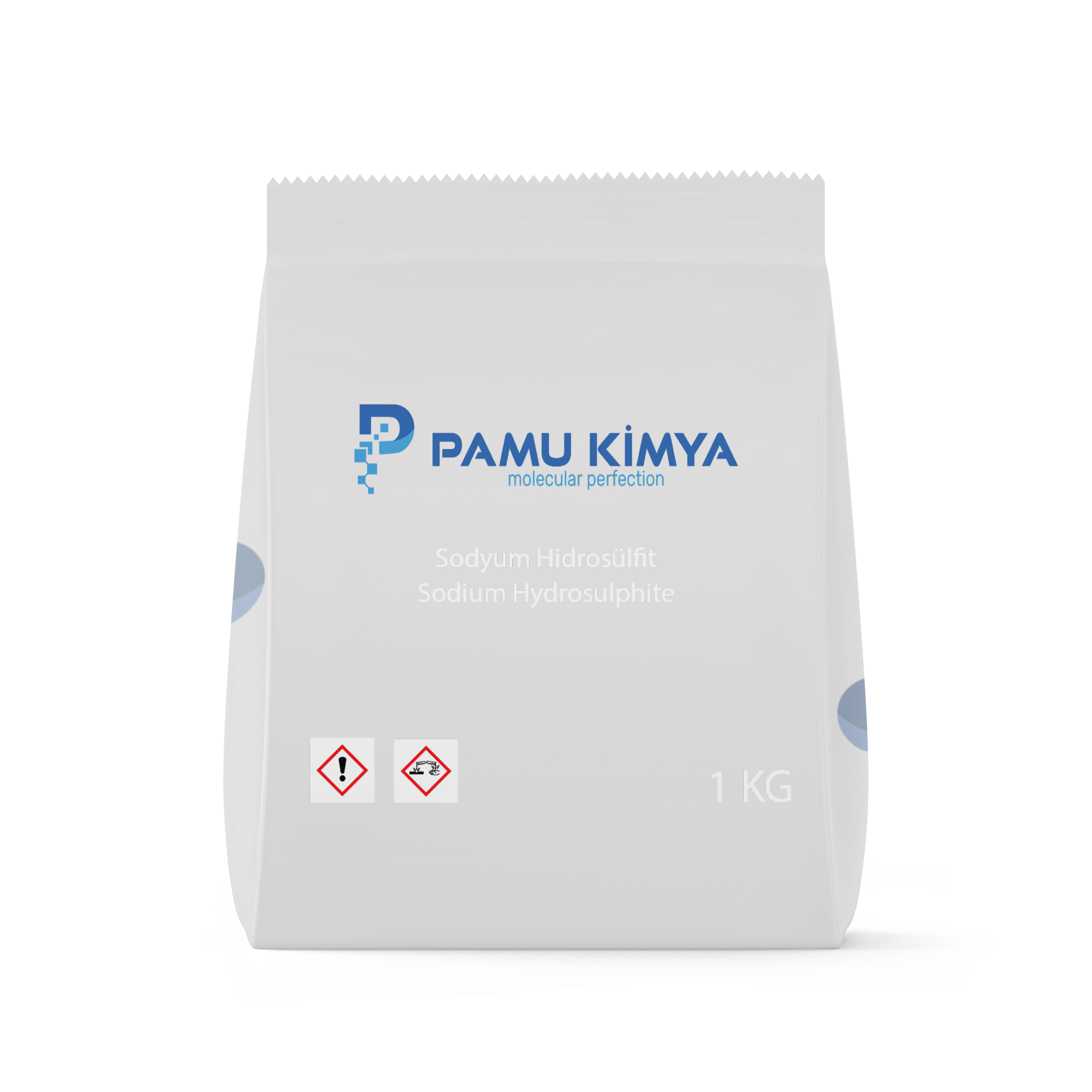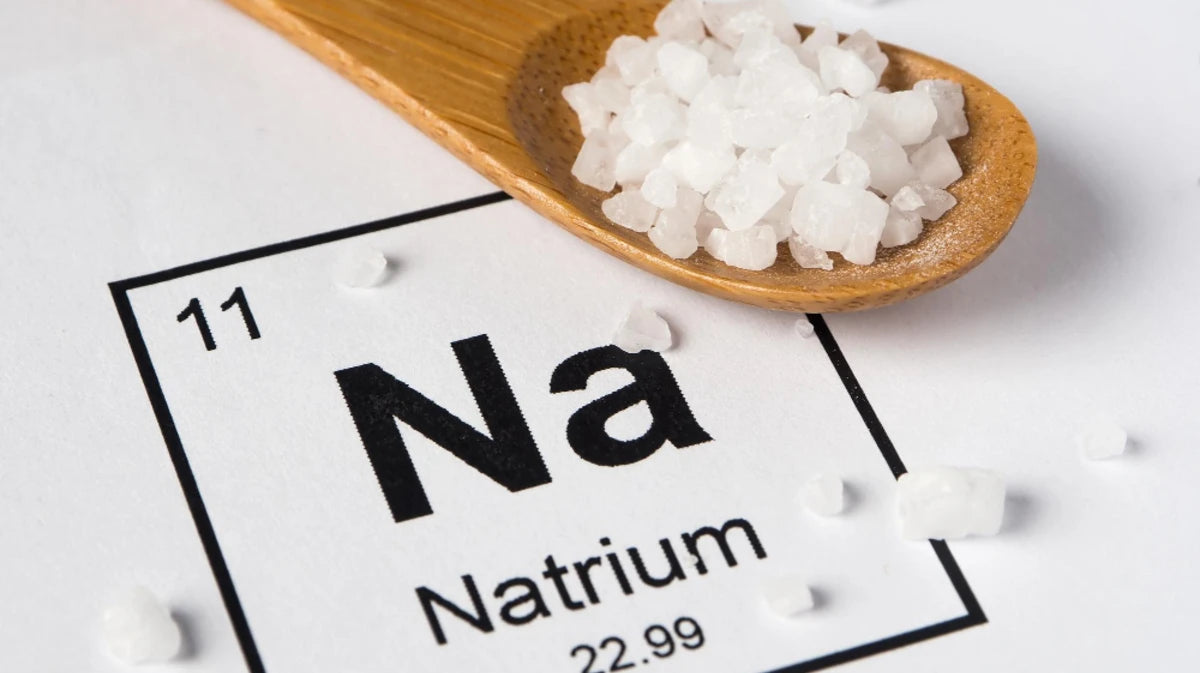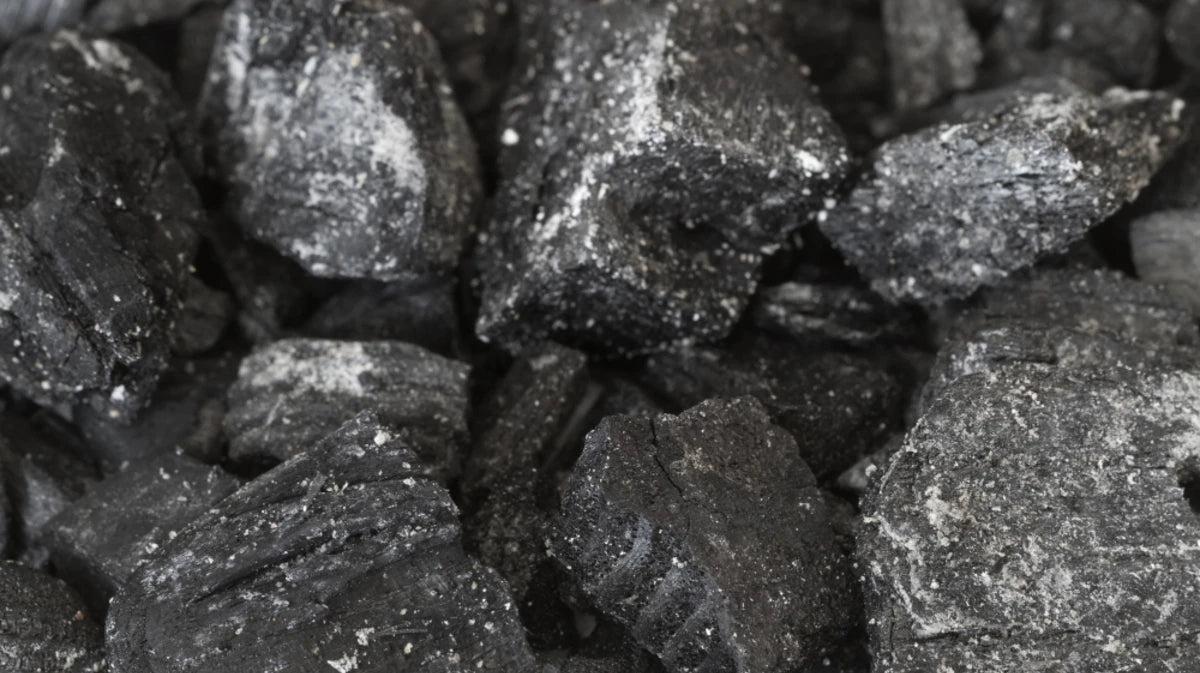
Nitrogen
Nitrogen (N) is a colorless, odorless, and tasteless gas that is ranked 7th in the periodic table. Nitrogen, with atomic number 7, is an important element that makes up about 78% of the Earth's atmosphere. In this article, we will take a comprehensive look at the chemical properties, biological importance, industrial uses, and environmental effects of nitrogen.
Chemical Properties and Characteristics of Nitrogen
Nitrogen, like all elements except the noble gases, is an element that can form chemical bonds. Free nitrogen molecules (N₂) in the atmosphere exist in the form of a diatomic gas in which the nitrogen atoms are linked by a triple bond. Because of this strong bond, N₂ gas is chemically inert (not prone to reacting). This allows nitrogen to be used in many industrial processes.
The most common oxidation states of nitrogen are +3 (nitrogen dioxide, NO₂) and +5 (nitrogen pentoxide, N₂O₅). However, nitrogen can form a wide variety of compounds. Examples of these compounds include ammonia (NH₃), nitrates (NO₃⁻), nitrites (NO₂⁻), and nitrous acids.
Nitrogen and Its Biological Importance
Nitrogen is a vital element for living things because it forms the basic building blocks of proteins, DNA, and RNA. However, most forms of atmospheric nitrogen cannot be used directly by biological systems. However, some microorganisms play an important role in the nitrogen cycle. The nitrogen cycle is a natural process that converts free nitrogen in the atmosphere into usable compounds for plants and animals.
Nitrogen Cycle:
-
Nitrogen Fixation: Nitrogen fixation is the process of converting free nitrogen in the atmosphere into ammonia (NH₃) or nitrates (NO₃⁻). This conversion is carried out by nitrogen-fixing bacteria and symbiotic bacteria that live in some plant roots.
-
Nitrification: Ammonia is converted into nitrites (NO₂⁻) and then into nitrates (NO₃⁻) by nitrifying bacteria.
-
Nitrogen Uptake by Plants: Nitrates are taken up by plants through their roots and used in the synthesis of proteins and other biomolecules.
-
Nitrogen Uptake by Animals: Plants or animals that feed on nitrogen take in nitrogen compounds and these compounds are used as proteins and amino acids in the bodies of animals.
-
Recycling of Nitrogen: Nitrogen is released back into the atmosphere as free nitrogen through the degradation of organic matter, decomposition of nitrogenous wastes, or denitrification.
Industrial Uses of Nitrogen
Nitrogen is not only important for biological systems, but also a very valuable element for industry. Nitrogen has various industrial uses.
1. Nitrogenous Fertilizers:
Nitrogen is one of the most widely used elements in agriculture. Nitrogen fertilizers provide the nitrogen that plants need to grow. Compounds such as ammonium nitrate (NH₄NO₃), urea (CO(NH₂)₂), and ammonium sulfate ((NH₄)₂SO₄) are the most well-known examples of nitrogenous fertilizers. Nitrogen fertilizers increase plant protein production, increasing yields.
2. Nitrogen Gas and Cooling:
Nitrogen is widely used in industrial refrigeration processes because it has extremely low temperatures in liquid form. Nitrogen is also used in the freezing and transportation of food products. Liquid nitrogen is also used in applications such as cryogenic processes and cold storage.
3. Nitrogen and Chemical Industry:
Nitrogen is used in the chemical industry, particularly in the production of ammonia. Ammonia is an important raw material in the production of many chemical compounds, including fertilizers, plastics, synthetic fibers, explosives, and cleaning products.
4. Electronics and Metalworking:
Nitrogen is used in the electronics industry, especially in the production of semiconductors, to prevent oxidation and provide a protective atmosphere. Nitrogen gas is also used in the metalworking industry. Nitrogen atmospheres are provided to prevent oxidation of metal surfaces and to make various processes more efficient.
5. Fire Safety in Nitrogen Environment:
Nitrogen can prevent fires from spreading by displacing oxygen. Nitrogen is one of the inert gases used for fire safety and is used in fire extinguishing systems.
Environmental Effects of Nitrogen
Although nitrogen has an important place in nature, it also has environmental effects. Below we will examine the effects of nitrogen on the environment:
1. Nitrogen Pollution:
Excessive use of nitrogenous compounds can lead to environmental pollution. Especially nitrogenous fertilizers used excessively in agriculture can mix into waterways, causing algal blooms and water pollution. Excessive nitrogen load can destroy aquatic ecosystems.
2. Acidic Rain:
Nitrogen oxides (NOx) can combine with water vapor in the atmosphere to cause acidic rain. Acidic rain can increase soil acidity, which can have harmful effects on plants.
3. Global Warming:
Nitrogenous compounds can lead to the production of some components of greenhouse gases. In particular, nitrogenous gases can contribute to global warming by combining with methane and carbon dioxide.
The Role of Nitrogen in Thermal Processing
In the metalworking industry, nitrogen acts as a protective atmosphere used during heat treatment. Heat treatment nitrogen prevents oxidation during the hardening and aging processes of metals, improving the quality of the material.
Chemical Cushioning
In the chemical industry, nitrogen gas creates an inert atmosphere in reactors, allowing chemical reactions to occur in a controlled manner. Chemically cushioning nitrogen prevents unwanted side reactions of reactants.
MAP Technology in Food Packaging
In the food industry, Modified Atmosphere Packaging (MAP) technology is used to extend the shelf life of products. Food packaging MAP nitrogen reduces oxygen inside the package, thus keeping food fresher for longer.
Gold Casting in Jewelry
In the jewelry industry, nitrogen gas is used during the casting process of gold and other precious metals. Jewelry gold casting nitrogen helps to obtain smoother and higher quality castings by preventing the oxidation of the metal.
Nitrogen in the Paint Industry
In paint production and application processes, nitrogen gas provides a protective atmosphere to prevent the combustion of solvent vapors. In the paint industry, nitrogen increases safety, especially when working with flammable materials.
Nitrogen Use in Mining
In mines, nitrogen gas is used in fire extinguishing and explosion prevention systems. Mine nitrogen minimizes the risk of fire by reducing oxygen.
Producing your own nitrogen
When it comes to nitrogen for an application, there are three basic ways to obtain it. The first is to rent a nitrogen tank and have the gas delivered. The second is to have the nitrogen delivered in high-pressure cylinders. The third is to produce your own nitrogen using compressed air. Buying or renting nitrogen can be very cumbersome, inefficient, and costly because it involves working with third-party suppliers. For these reasons, many businesses choose to produce their own nitrogen instead of renting, allowing them to control the amount, purity, and pressure needed for a particular application. Other advantages include: fixed price, no shipping costs or delays, no hazards associated with cryogenic storage, and no waste from boiling losses or returning high-pressure cylinders without ever fully emptying them. There are two types of nitrogen generators: membrane nitrogen generators and PSA (Pressure Swing Adsorption) nitrogen generators, which can achieve purity levels of 99.999% or 10 PPM (parts per million) and higher. You can find more information about the second type of generator here.
Conclusion
Nitrogen is an indispensable compound of nature and industry. Both its role in biological cycles and its various applications in industry make it an important element. However, being aware of the environmental impacts of nitrogen is of great importance to ensure sustainable use. Understanding the nitrogen cycle, optimizing industrial uses of nitrogen and reducing its environmental impacts is a critical step for a healthier world in the future.



